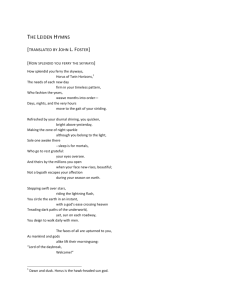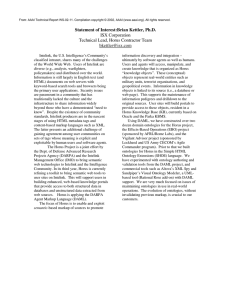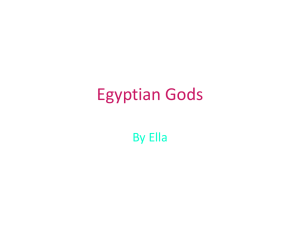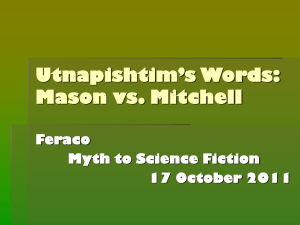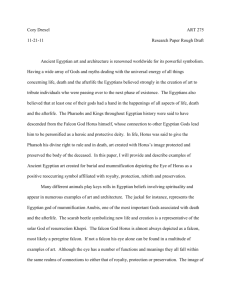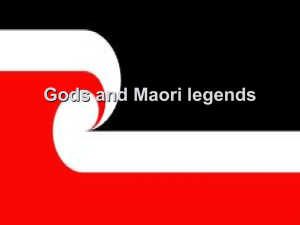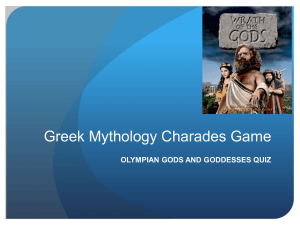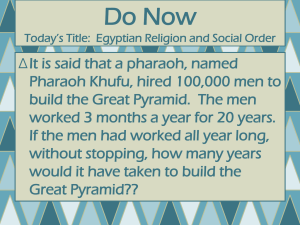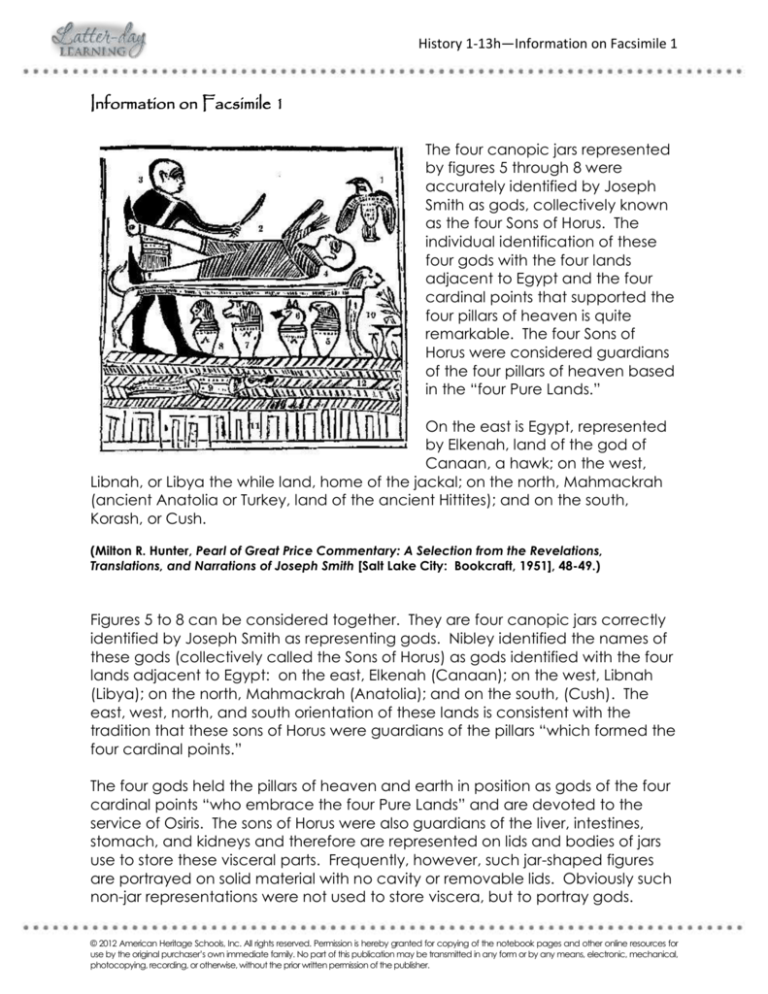
History 1-13h—Information on Facsimile 1
Information on Facsimile 1
The four canopic jars represented
by figures 5 through 8 were
accurately identified by Joseph
Smith as gods, collectively known
as the four Sons of Horus. The
individual identification of these
four gods with the four lands
adjacent to Egypt and the four
cardinal points that supported the
four pillars of heaven is quite
remarkable. The four Sons of
Horus were considered guardians
of the four pillars of heaven based
in the “four Pure Lands.”
On the east is Egypt, represented
by Elkenah, land of the god of
Canaan, a hawk; on the west,
Libnah, or Libya the while land, home of the jackal; on the north, Mahmackrah
(ancient Anatolia or Turkey, land of the ancient Hittites); and on the south,
Korash, or Cush.
(Milton R. Hunter, Pearl of Great Price Commentary: A Selection from the Revelations,
Translations, and Narrations of Joseph Smith [Salt Lake City: Bookcraft, 1951], 48-49.)
Figures 5 to 8 can be considered together. They are four canopic jars correctly
identified by Joseph Smith as representing gods. Nibley identified the names of
these gods (collectively called the Sons of Horus) as gods identified with the four
lands adjacent to Egypt: on the east, Elkenah (Canaan); on the west, Libnah
(Libya); on the north, Mahmackrah (Anatolia); and on the south, (Cush). The
east, west, north, and south orientation of these lands is consistent with the
tradition that these sons of Horus were guardians of the pillars “which formed the
four cardinal points.”
The four gods held the pillars of heaven and earth in position as gods of the four
cardinal points “who embrace the four Pure Lands” and are devoted to the
service of Osiris. The sons of Horus were also guardians of the liver, intestines,
stomach, and kidneys and therefore are represented on lids and bodies of jars
use to store these visceral parts. Frequently, however, such jar-shaped figures
are portrayed on solid material with no cavity or removable lids. Obviously such
non-jar representations were not used to store viscera, but to portray gods.
© 2012 American Heritage Schools, Inc. All rights reserved. Permission is hereby granted for copying of the notebook pages and other online resources for
use by the original purchaser’s own immediate family. No part of this publication may be transmitted in any form or by any means, electronic, mechanical,
photocopying, recording, or otherwise, without the prior written permission of the publisher.
History 1-13h—Information on Facsimile 1
In earlier times such jars all had the form of a human head, but by the end of the
eighteenth dynasty (1370-1305 B.C.) they were crowned with the head of a
man, an ape, a jackal, and a hawk (left to right.) In Facsimile No. 2, figure 6,
Joseph Smith identified another symbolic representation of the four sons of Horus
as “this earth in its four quarters.” Joseph’s interpretation is similar to the
interpretation of Bonnet and Budge which describes the four Sons of Horus as
“guardians of the pillars which formed the cardinal points and gods who
embrace the four Pure Lands.”
Facsimile No. 1, figure 9, is Sebek the crocodile, appropriately identified by
Joseph Smith as “the idolatrous god of Pharaoh.” According to the bean
tradition, the Pharaoh’s claim upon the throne was based upon his relationship
with the crocodile god, Sebek. He (Sebek) dwelt on the “Mountain of Sunrise
where he assisted Horus to be reborn daily.” In so doing he overthrows every
enemy of Osiris. His most impressive service was the role he played with the child
Horus, who was to become the new king (Pharaoh). Sebek the crocodile god
helped Horus take his seat upon the throne of his father. Osiris. Obviously, then,
this is good reason to Sebek “the god of Pharaoh.”
(Robert L. Millet and Kent P. Jackson, eds., Studies in Scripture, vol. 2: The Pearl of Great Price
[Salt Lake City: Randall Book, 1985], 259
© 2012 American Heritage Schools, Inc. All rights reserved. Permission is hereby granted for copying of the notebook pages and other online resources for
use by the original purchaser’s own immediate family. No part of this publication may be transmitted in any form or by any means, electronic, mechanical,
photocopying, recording, or otherwise, without the prior written permission of the publisher.

